Aircraft carriers on the sea have been around for less than a century. The purpose of the warships is to carry aircraft and project them in far away places without depending on the local bases for the aircraft operation. The first aircraft carrier was designed by Japan in the early 1920s, but they were not the first in the truest sense. Sea based airplane carriers were widely used in the World War II but the first ships to deploy manned aircraft, were the Balloon carriers.
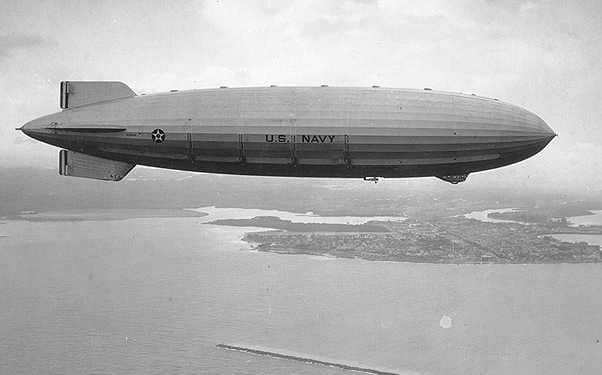
The success of the hot air balloon dates back to 1783 when two brothers Joseph-Michael and Jacques-Ètienne Montgolfier sent 3 passengers up the balloon, including a duck, a rooster, and a sheep. It took more than a century after that to develop the first airplane, and the first self-propelled aircraft rose above the earth’s surface. Before the first aircraft took off, Ferdinand von Zeppelin invented the first rigid airship with a light frame commonly known as Zeppelin.
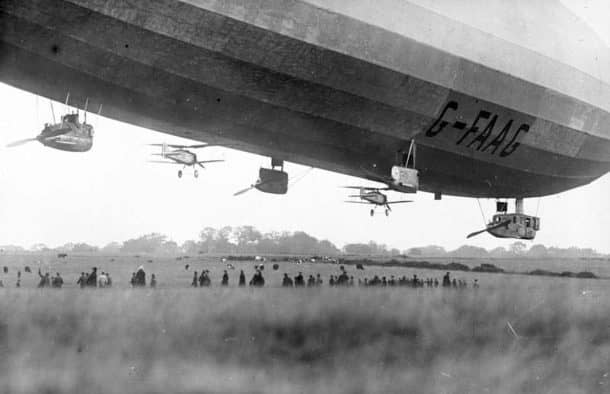
Both biplanes tech and Zeppelin developed around the end of the World War I, but the airships proved to be much more deadly than the biplanes. The German air raids in 1915 used the Zeppelins as they stayed airborne much longer, making it easier to patrol defense lines, moving much larger distances, while carrying significantly heavier bombs than the British biplanes.
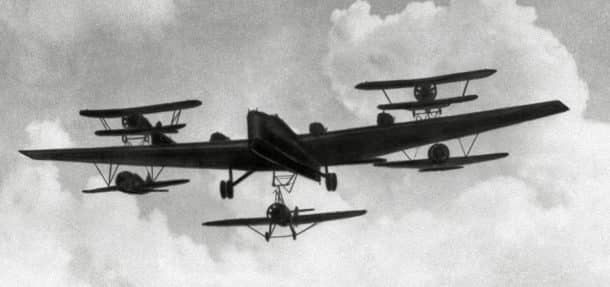
In response to the Zepplin air raids, the British improved the biplane technology, to create fighter planes that could take down the destructive Zeppelin balloons. This is where the airships’ war abilities were reduced to nearly zero and the British thought that the Zepplin balloons should come carrying their own fighter jets. Thus the 23 Class rigid airships were born, capable of carrying 3 Sopwith Camel biplanes that could be launched from the hooks beneath the hull. Four units of these airships were created by the Royal Navy by 1918 just as the World War I wrapped up. All four of these were decommissioned by 2020.
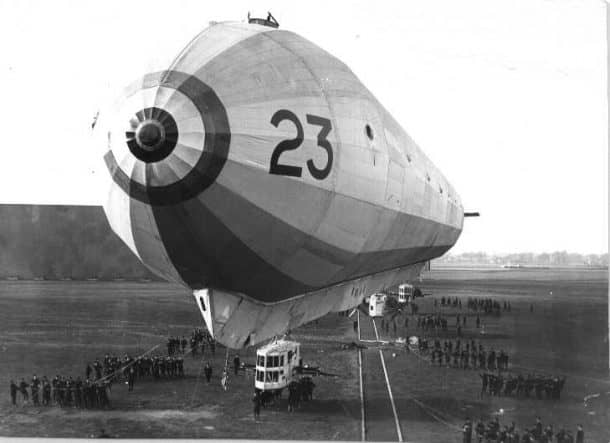
A few years after the First World War, the US took up the idea and began testing on a Parasite aircraft that could be carried by and launched from an airship. Soon enough, in 1929, the first ever airship that was designed entirely to become a flying aircraft carrier, the USS Akron. It was the first ever ship capable of carrying, launching and recovering its own aircraft, storing up to 5 small fighter planes (Curtiss F9C Sparrowhawk). Unlike the biplanes, these airships could stay airborne for days at a time, so the Navy planned to use them as a vessel that could get close enough to the enemy without being seen and then launch fighter jets for the attack.
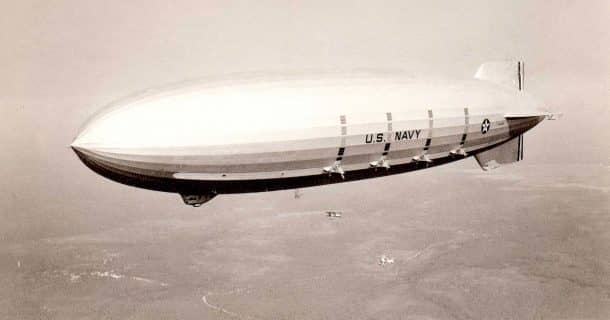
The first such aircraft carrying airships was launched in 1931, and just a few months later, the airship broke away in a test flight. While the airship was docked in San Diego, it accidentally launched, and three sailors went airborne along with it, attached to its mooring lines, two of whom fell and died.
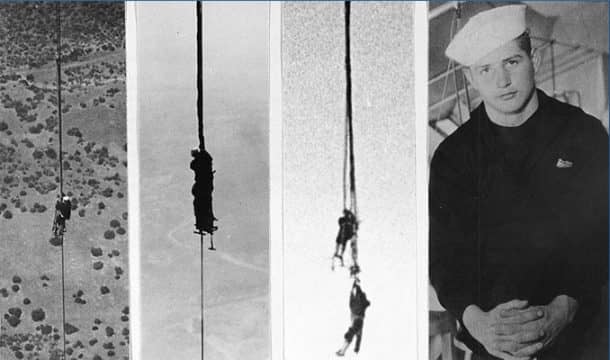
These airships finally saw their end when in 1993, New Jersey Coast winds hit, and the ship crashed into the ocean. Only 3 of the 76 passengers aboard the Akron could survive. The USS sister ship of the Akron, the Macon was launched around the same time, and it also crashed into the ocean in 1935, but the ship was equipped with life jackets that saved the lives of all but two of the 83 passengers on board.
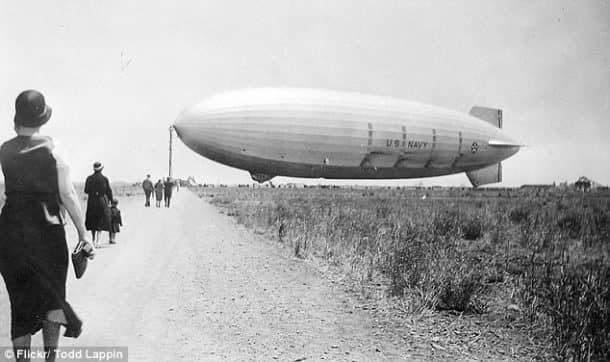
After getting fully destroyed in various accidents, the Navy was ensured of the vulnerability of the airships that could do little to nothing in their defense in the event of an enemy attack. This significantly reduced the commercial viability of the airships and that combined with the limited passenger capacity was enough to put an end to these highly vulnerable airships. The final nail in the coffin was the Hindenburg disaster in May 1937, when the German airship LZ-129 Hindenburg caught fire and resulted in 36 deaths.

The events were enough to kill the public’s confidence in the giant airships, which put an end to a rather short era of the helium airships and the entire focus shifted to the sea-based aircraft carriers which are advancing to this day.
Finally, here is a video on the subject



Aside from the date inaccuracies mentioned below, there’s a few annoying errors and misuse of terminology. Firstly, the 1920 date for the “first aircraft carrier” is wrong in multiple ways. The first true flattop carrier was HMS Argus, commissioned in 1918, and floatplane carriers were in use for a good part of the First World War. Secondly, I was very surprised to see that the British had “Biplane fighter jets” at their disposal. This terminology is horrifyingly inaccurate, given that “fighter jet” is a specific type of aircraft that uses jet engines. The first of which did not see service until the Second World War decades later, and not really in a form that resembled the popular notion of a “fighter jet” until the Cold War. Someone really needs to edit these articles, it had potential to be good, but ended up bland and chock full of errors.
Need to correct some of those dates… apparently the UK still has some of those airships in service – decommisioned in 2020… The US lost an airship in 1993..